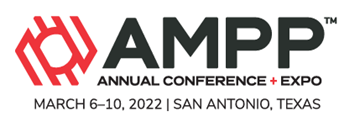Search
Atmospheric Plasma: One-Step Precision Process To Remove Coating And Promote Chemical Adhesion
Also Purchased
Atmospheric Plasma Coating Removal For Naval Engineering And Maintenance Applications
Product Number:
51322-18170-SG
Publication Date:
2022
$20.00




